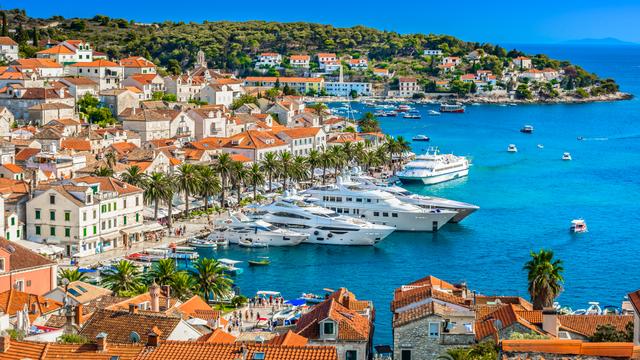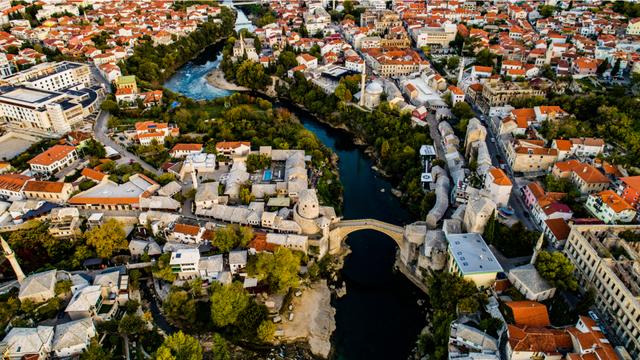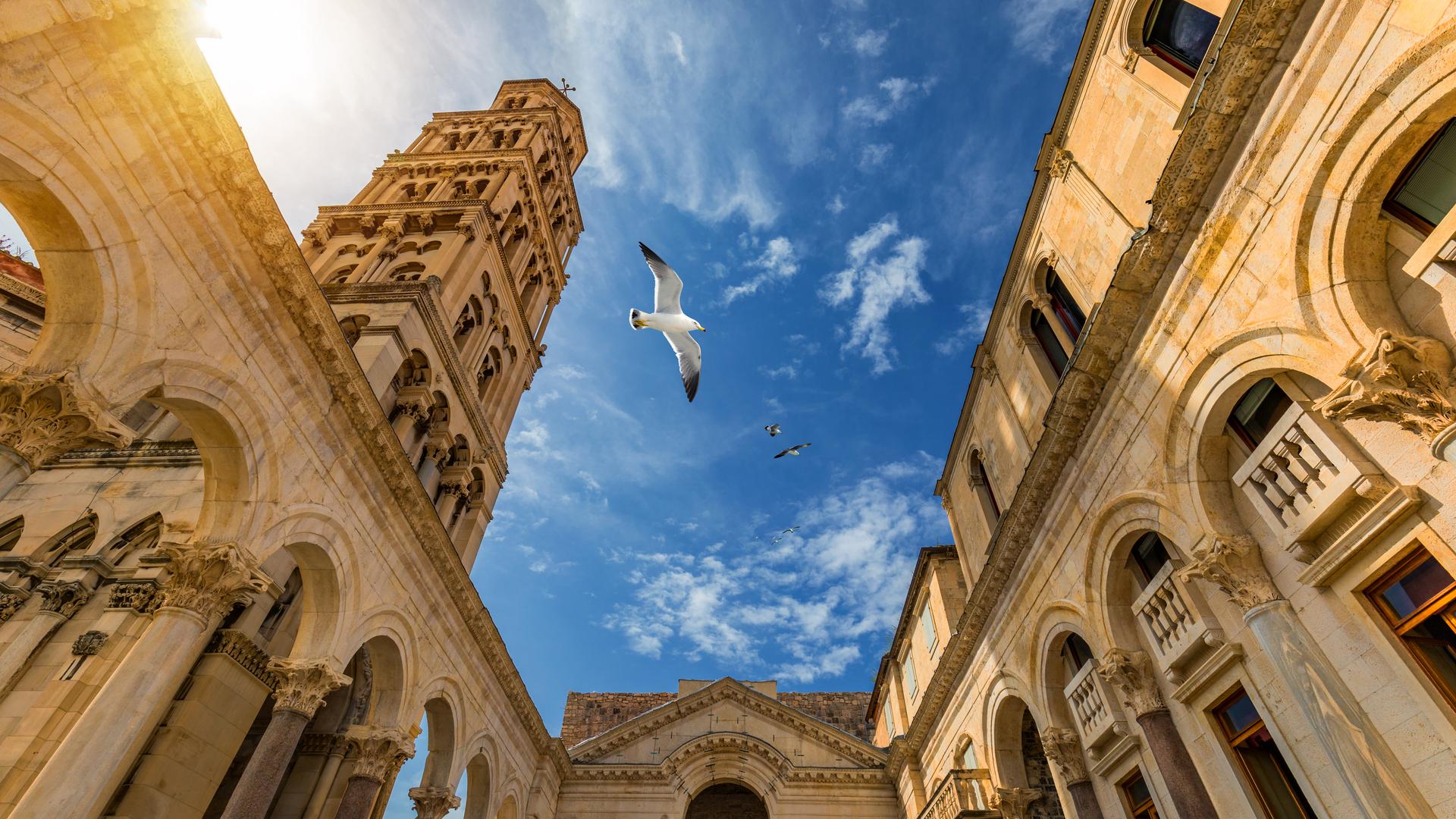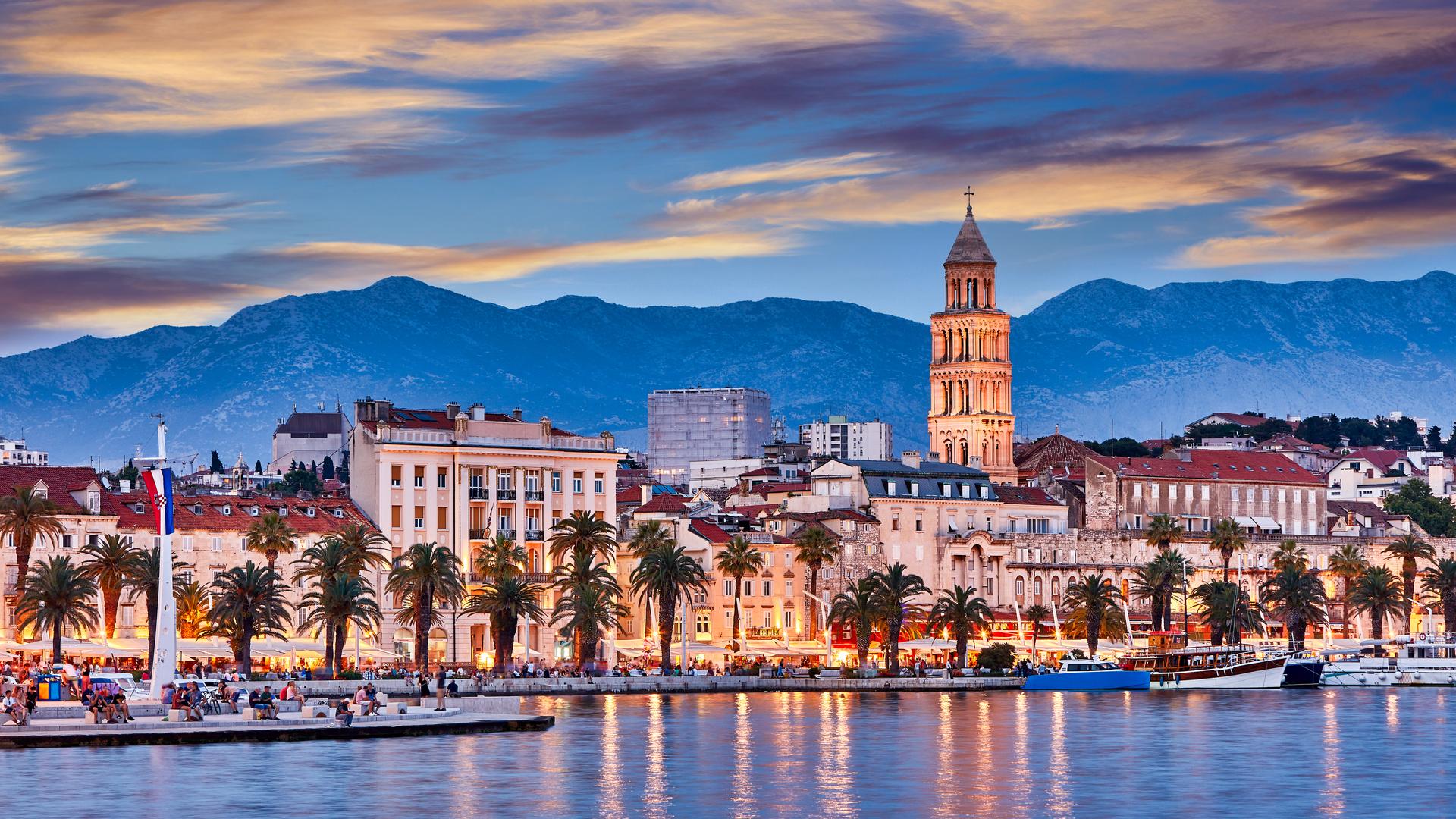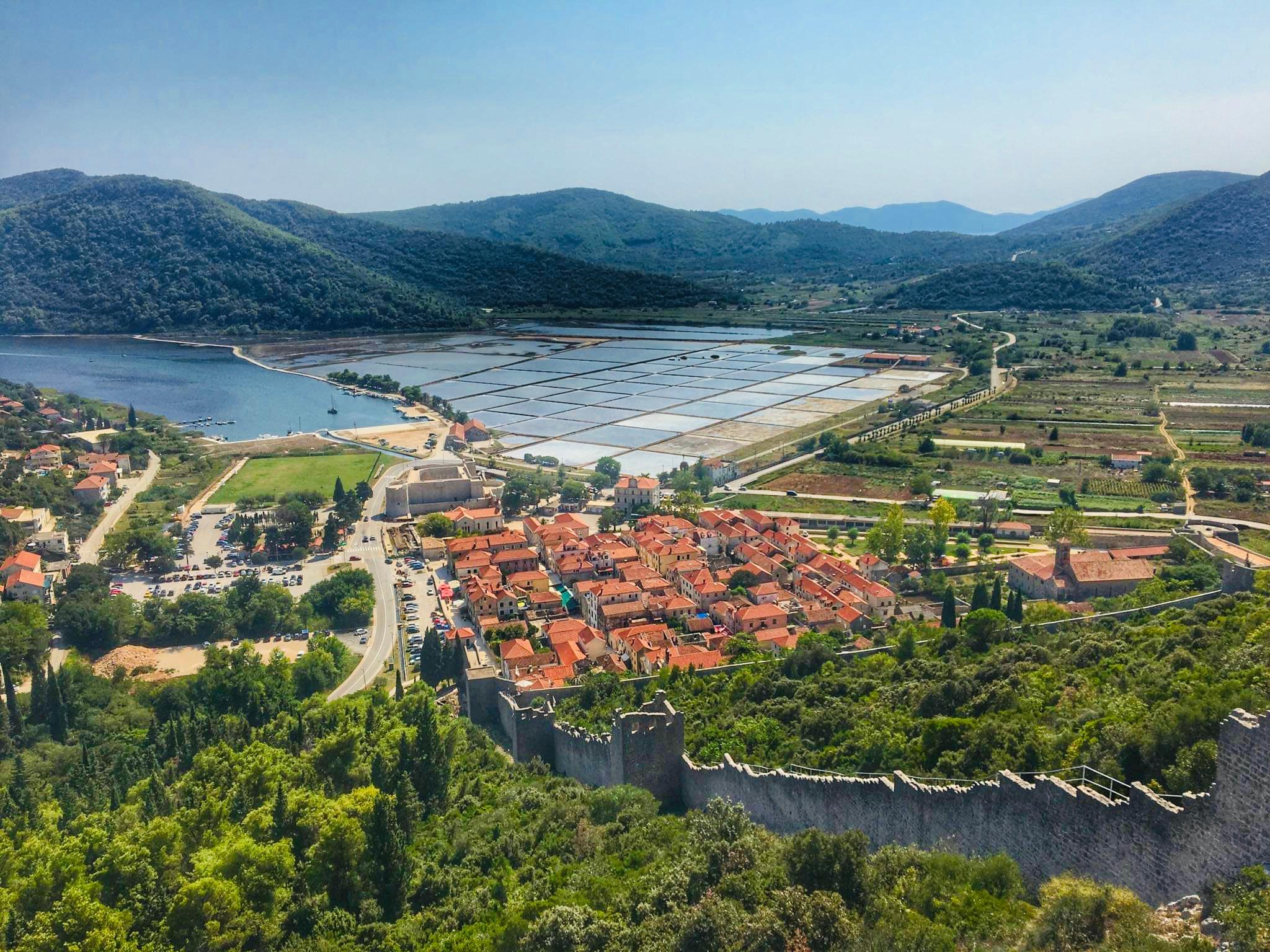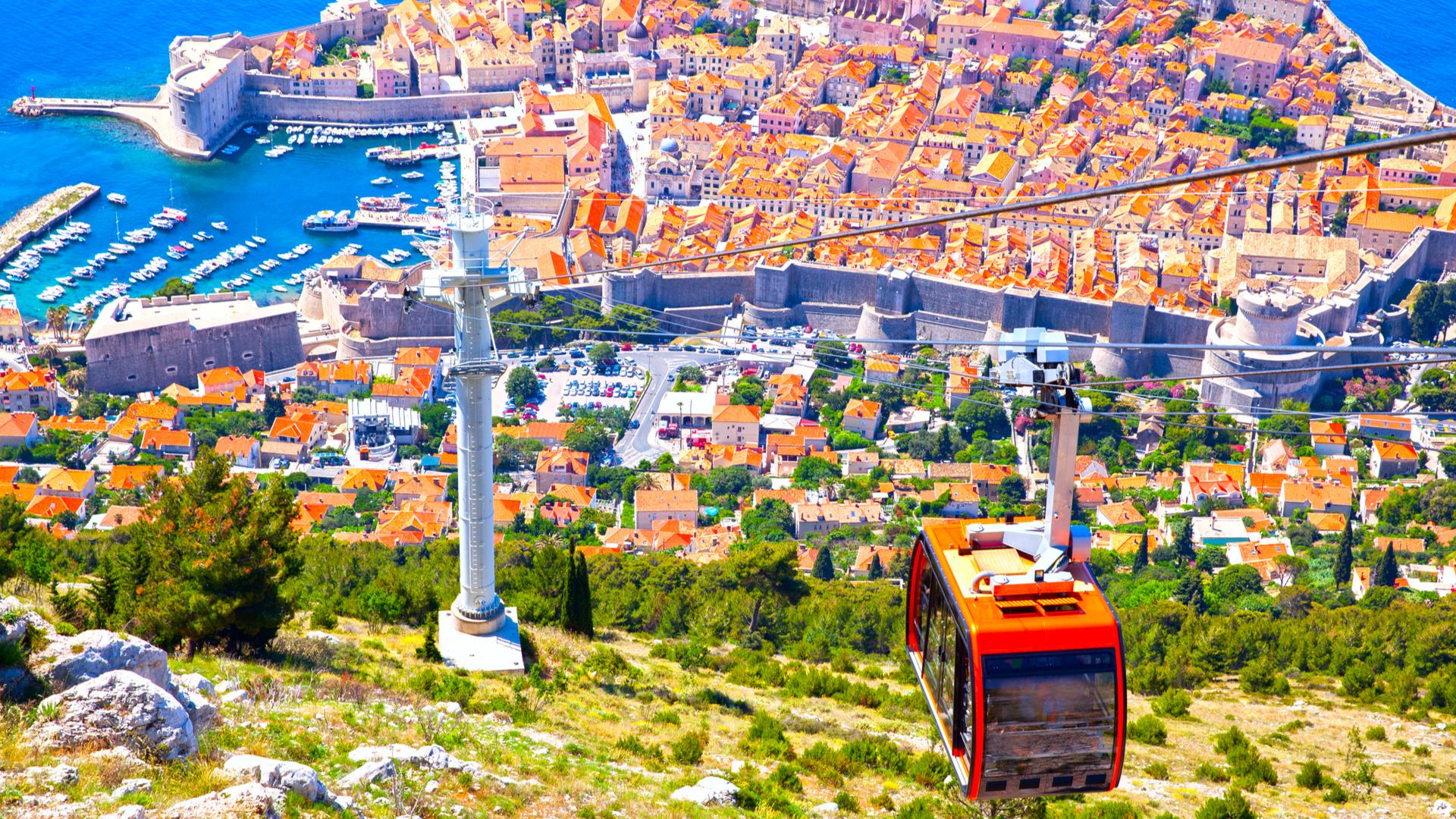Dubrovnik - Ston - Split
Similar popular transfers:
Dubrovnik to Split via Ston private transfer
The best way to go and visit Split is to book a private transfer from Dubrovnik to Split via Ston. We guarantee You that You won’t regret any of this day. Private Tours in Croatia is a Croatian transfer service owned by Maci-Tours which offers a luxury tailor made transfers to and from any destination in Croatia and neighbouring countires. Private Tours in Croatia has at its disposal a fleet of luxurious and premium vehicles that will make your transfer as comfortable as possible. All services are door2door transfers which means that Your professional English speaking driver will meet You up at Your hotel/private accommodation address. In case if your hotel/private accommodation address is located in strictly pedestrian zone where we are unable to get with the vehicle, we will coordinate meeting point with your host or provide you with nearest possible meeting point Split is located some 230 km from Dubrovnik and the duration of your transfer is around 3h. The prices for a Dubrovnik to Split via Ston private transfer start at 240 euros (the price is per vehicle, not per person). All transfers are customizable and You choose everything. We suggest, You choose!!!
What You can expect on Your Dubrovnik to Split via Ston private transfer?
On the date of Your Dubrovnik to Split via Ston private transfer Your professional English-speaking driver will meet You at Your hotel/private accommodation address whether Your accommodation is in the pedestrian zone or not. After meeting up with Your driver, Your incredible day where You will see a lot of highlights of south of Croatia begins. The journey to Ston is about 1h. When we arrive at the Ston You’ll have up to 2 hours to explore highlights of Ston, second largest walls in the world, after Chinese, or maybe saltworks in Ston. If You want the guide, please notify us in advance so we can arrange it. You can schedule meeting point with our driver where he will pick You up. When You return to the van, You will share impressions with Your driver and continue Your Dubrovnik to Split via Ston private transfer. The journey to the Split is about 02h30min. On the way to Split we’ll make stop at Rizman rest stop where You’ll have an opportunity to take some pictures of amazing Adriatic sea and one of the most biggest vineyards on Pelješac peninsula. After You’ve had a drink and have taken some pictures we’ll continue our trip to Split, a largest city on the Eastern Adriatic and second largest in Croatia. After 02h30min driving we are in Split at Your accommodation place. We believe that You’ll have an wonderful experience with us on this journey and we wish You all the best, until we meet again on another journey in the future.
Optionally
Private oyster tasting During private transfer from Dubrovnik to Split via Ston, it is possible to book a private oyster tasting. Private oyster tasting is in the small place near Ston which is called Hodilje. There You will board to a small boat where the boat owner takes You to the oyster farm and takes out from the sea fresh oysters in front of You. He serves that in front of You with domestic cheese, olive oil and wine in the middle of the bay. Duration of this Private oyster tasting is about 1 hour. After the trip is finished, We are waiting for You again on the same place where we dropped You and we continuing our way to Dubrovnik.
PRICE FOR THIS INCREDIBLE EXPERIENCE IS 35 EURO PER PERSON.
Transfer includes
• Pick up in Dubrovnik and drop off in Split via Ston(or vice versa)
• Comfortable air-conditioned vehicle
• Professional knowledgeable English speaking driver
• All cost related to the vehicle – gas, parking, highway tolls
• All costs related to the driver
• Available Wi-Fi in the vehicle
• 0.5l bottle of water per passenger
A few facts about Ston
Ston is located at the south of isthmus of the Pelješac peninsula. Located at the gates of the peninsula, surrounded by the Adriatic sea on three side and protected by four hills, rich in fresh water and saltwater, fertile plains, it has been an important political, cultural and ecclesiastical centre. In 1333, Dubrovnik started with the planned construction of the fortresses of Ston (VelikiSton) and Little Ston (Mali Ston) at the present site. The cladding between the two towns along their entire length were made of large walls that were supposed to defend the Dubrovnik estate - Pelješac. This entire fortification complex, which is unique to Europe, was built over a short period of time. The monumental stone fortification complex of Ston suddenly collapsed in preparation for the official visit by Austrian Emperor Franz Joseph. They were again damaged in the Homeland War (1991-1992), followed by the devastating earthquake of 1996. The walls were of great importance because they were defending the saltworks that gave 15,900 ducats every year to the Dubrovnik Republic, the shellfish farm and the city itself. What to visit while in Ston Ston is a small town, but has many restaurants that offer excuisite Mediterranean cuisine. The town has a city museum that exhibits many items from the towns’ long and rich history. In the saltworks you can buy fresh salt of excellent quality at a reasonable price. From Ston to the wonderful Prapratno beach there is only a short drive and the locals are more than helpful in providing information as to how to get there. Ston is an excellent base for making small excursion to nearby town and beaches on the Pelješac peninsula. A few facts about Split Split is the largest city on the Eastern Adriatic and the second largest city in Croatia. It lies on the eastern shore of the Adriatic Sea on a peninsula, under the Marjan hill and is an intraregional transport hub and popular tourist destination. It is often nicknamed The City under the Marjan. The city was founded as the Greek colony of Aspálathos in the 3rd or 2nd century BC on the coast of what was then an Illyrian province. Over time, as the Romans conquered the province, Split became home to the Diocletian's Palace, built for the Roman emperor Diocletian in AD 305. In 1991, Croatia gained seceded from Yugoslavia, at the start of the Croatian War of Independence.
What to see while in Split
The historic city centre of Split was included into the UNESCO list of World Heritage Sites in 1979. Split is one of the centres of Croatian culture and its literary tradition can be traced to medieval times, as the Father of Croatian Literature, Marko Marulić, whose statute stands on the Fruit Square, was born here and achieved world-wide recognition and fame and his works were read even by notable persons such as the English king Henry VIII. The city is most famous for its Diocletian’s Palace, the old city centre. There you can see the St Duje’s Cathedral on the Peristil, which was at first a mausoleum for emperor Diocletian. The church is combination of ancient Roman architecture and early Christian architecture. From its bell tower, you’ll have a great view of the whole city and the Diocletian’s Palace. Opposite the cathedral, you’ll find the old Jupiter’s Temple, now St Johns church, in front of which stands an original Egyptian sphinx, the other being on the Peristil, both of which emperor Diocletian brought here from Egypt. The Peristil itself, the heart of the Palace, is an excellent example of old Roman architecture, around which later Medieval and Christian structures were constructed. Many cultural events take place on the Peristil during the Split Summer Festival, where plays and operas are performed under the night sky. The Riva is the main city promenade along the seashore, where the bulk of the cafés are located and where people like to stroll and meet with friends in the evenings. Split also has many museums and galleries. The Museum of Croatian Archaeological is the only museum in Croatia dedicated to researching and presenting cultural artefacts of the Croats in the Middle Ages, between the 7th and 15th centuries. Its collection of early medieval wicker, clay figurines, as well as old Croatian Latin epigraphic monuments make it the largest collection of its kind in the whole of Europe. The Split City Museum at Papalićeva 1, is housed in the former Papalić Palace and exhibits the urban, cultural, artistic and economic heritage of the city. It is also home to the Emanuel Vidović Gallery, dedicated to the most important 20th-century Split painter. The Gallery of Fine Arts, located at Kralja Tomislava 15, is an art museum that contains works from the 14th century to the present day providing an overview of the artistic developments in the local art scene. The Ivan Meštrović Gallery, located on the Marjan peninsula, is an art museum dedicated to the work of the once world-famous 20th-century Croatian sculptor, Ivan Meštrović, displaying some of his most significant works, the building itself being is an art monument. The permanent collection includes works of sculpture, drawings, design, furniture and architecture. Not far from the Gallery lies Kaštelet-Crikvine, a restored small chapel that houses a set of wooden wall panels carved by Ivan Meštrović. The old Green Market or Pazar is located next to the Diocletians Palace. There you can find fresh, organic food from the Dalmatian Hinterland. The city also has many nightclubs, bars and restaurants, the best being in or around the old city centre. Split is well-connected with all of the Croatian Adriatic islands and is ideally located to make short excurions to the Krka National Park, the islands or near-by cities such as Solin, Trogir or Omiš.

